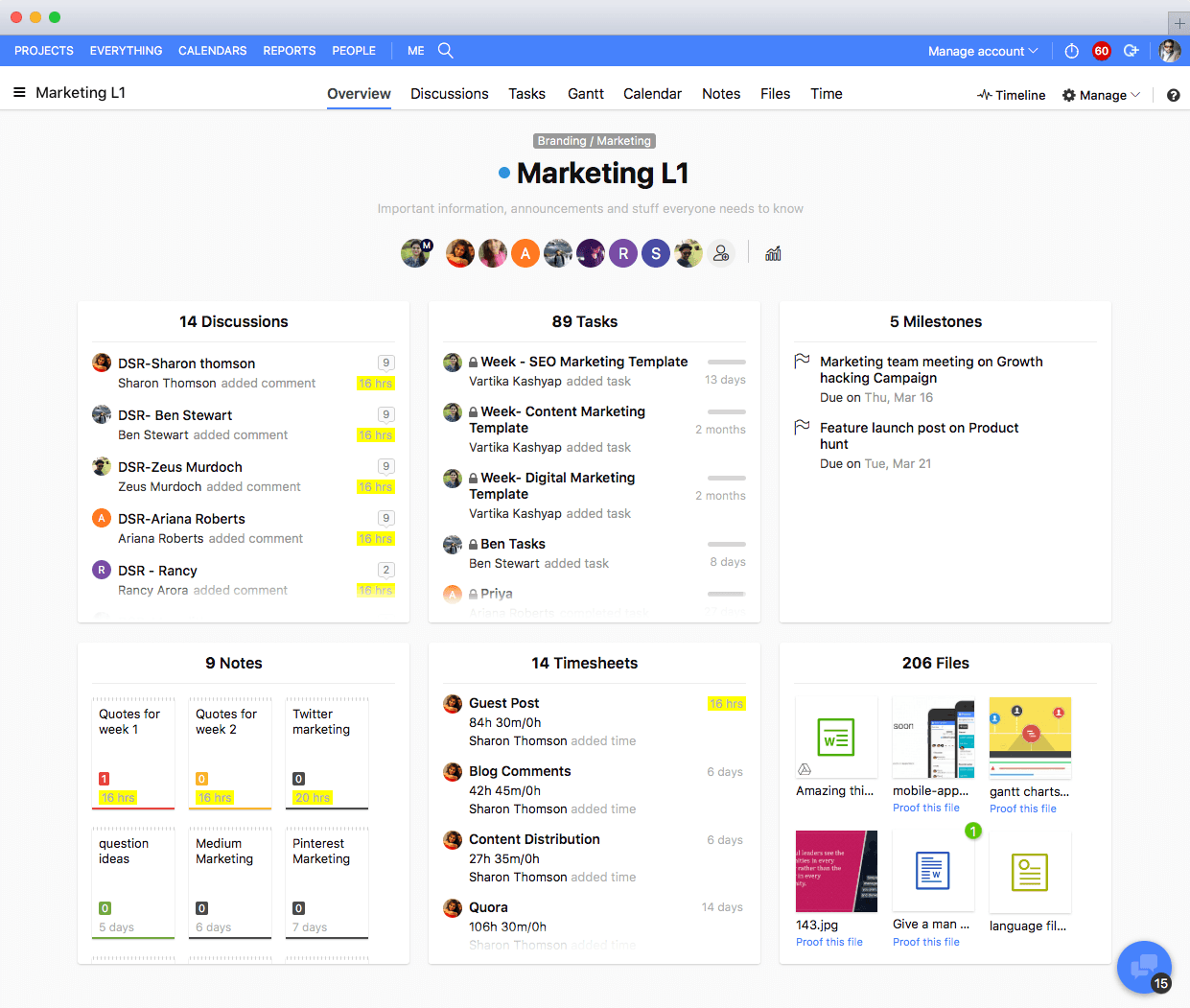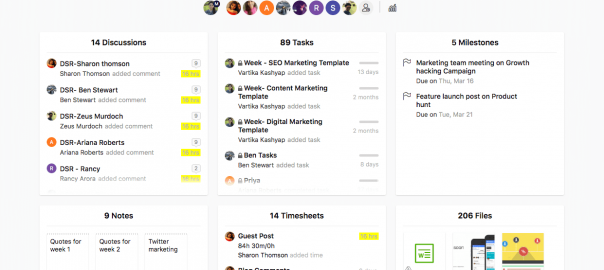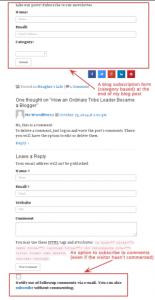— April 18, 2019
Remote work is a reality today; it is not a fad, but a growing future. As millennials take over the workforce, the desire for remote work is increasing. They are abandoning the 9-5 drill altogether, looking for more remote brands to work for.
In Deloitte’s Millennial Survey 2018, they found that millennials consider flexibility to be the third most important thing when evaluating an employer—behind only pay and culture.
With the growth happening so quickly, a lot of businesses are asking: How should business owners manage remote employees and workers? Remote work comes with a whole new set of management challenges, but they’re challenges that many more eCommerce businesses are having to overcome.
Here are some quick and easy remote team management tips to help business owners manage their global teams.
1. Encourage Transparency
Transparency is measured by the amount of information workers and managers freely share. It means that each team member should know their personal responsibilities and also how others’ work is related to their own.
Simply put, it is about getting everyone on the same page. To do this, you want to make sure you’ve got a high level of transparency across projects, tasks and individual goals. You also want to share your company’s vision and objectives.
2. Award Remote Working With Promotions
One of the growing problems that remote employees face is that despite performing well and having high productivity levels, they aren’t earning enough performance-based rewards. Therefore, counteract this by installing reward programs from the get-go, ensure you know on what basis you will be evaluating your employees for promotion and when you will be rewarding them.
3. Hold Virtual Coffee Conversations
Make sure you’re engaging with your remote workers regularly to ensure you build strong relationships and get to know the people working for you. To do this, we advise that you set up regular meetings within your workers’ time zones. Think about it like water cooler type chats – small talk – while trying to include everyone in the conversation. Over time, you’ll be able to form a connection with everyone on your team.
Some online conferencing tools to consider:
4. Use the Right Set of Project Management Tools
There are many tools to keep everyone on the team on top of tasks. The most popular project management tool will enable you to monitor your team’s progress, online discussions, productivity, communication and delivery, thereby simplifying the process of remote worker management and allowing you to grow your teams professionally while growing your business.
One such project management tool you can use is Proofhub. Proofhub is an all-in-one project management tool that includes features such as online proofing, discussions, chat to share feedback and many more. This platform has been created to enable you to keep your projects, remote teams and clients on one central dashboard.

5. Avoid Micromanaging
It’s not easy to lead people from several different countries, cultures and backgrounds. Therefore, business owners often have the urge to micromanage their remote workers because they cannot physically go over to their desk to check on them. This often leads managers to watch every move, find opportunities to point out faults and criticize unnecessarily. This is a mistake many new managers face.
Here are some everyday situations to show what micromanaging a remote team can look like.
- A business owner requires their remote staff to be involved in every single email related to a project
- Needlessly following up by calling everyone to explain certain points
- Obsessively tracking all calls and meetings or adding suggestions before you’ve completed them
Ideally, you should talk to your team at most once a day to discuss their agenda and see how the work is progressing. Also, you want to give them room to flex those skills you hired them for. By creating a good working relationship with your team and giving them clear expectations with the flexibility to achieve them, you will create an environment where your team is invested in your brand.
6. Make it Social
When a team is dispersed, “work buddies” are something that are often missed. Bringing your remote workforce together on social media is a great way to create a sense of community. Use social channels to help remote workers regularly connect, share ideas and interact.
7. Organize Your Work
One of the most important elements of getting any remote team running well is having a structure that boosts productivity and brand engagement. Not knowing what everyone’s working on and having many projects on your hands can be chaos. With the right project management systems in place, you will be able to stay on top of and access all product information in real-time.
8. Use a Time-Tracking Tool
If you want to ensure that nothing is flying under the radar, a time-tracking tool can come in very handy. It’s something you can use to keep your employees on track, review their timesheets, performance, activity and project tasks. This will allow you to determine whether objectives have been clearly set and enable you to increase team productivity. Some time-tracking tools include:
9. Create a Strong Company Culture
Having a powerful company culture means having a strong set of values and principles that represent your company in a unique way. Creating a culture where employees feel more motivated to work and more confident in their tasks is still very relevant for remote workers.
Why? Because creating a positive company culture will help ensure everyone is working towards the same goals, respecting each other’s time and valuing everyone’s talents.
10. Beware of Multi-Location Differences
You have the best talent from around the world on your teams, but this also means you are dealing with a lot of different time zones and cultures. You want to make sure that you take note of each time zone and learn a bit about each team member’s culture.
Summary
With 35% of millennials ready to drop out of the traditional office habitat, knowing how to manage remote teams has never been this important. By following these simple rules you can have a group of productive employees that will help you reach the company vision quickly.
What other ideas would you add for managing remote employees? Let us know in the comments below!
Business & Finance Articles on Business 2 Community
(41)








